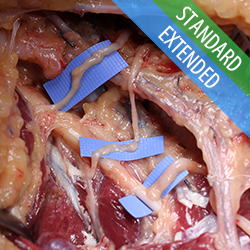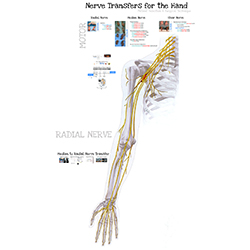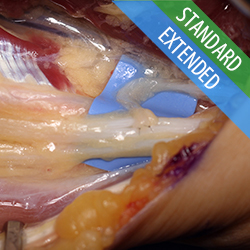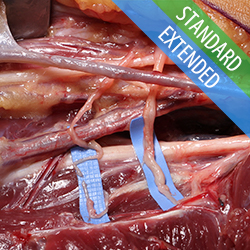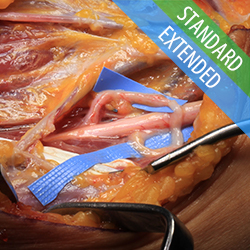Loss of flexor pollicis longus and radial profundus function results in a deficit of pinch and reduced grip strength in the hand. This palsy can be isolated or commonly included in a lower brachial plexus injury. The brachialis nerve is an available, synergistic, and powerful donor for transfer in these scenarios, especially in C7,8,T1 injuries […]
Brachialis to Anterior Interosseous Nerve Transfer with Extended Forearm Incision

